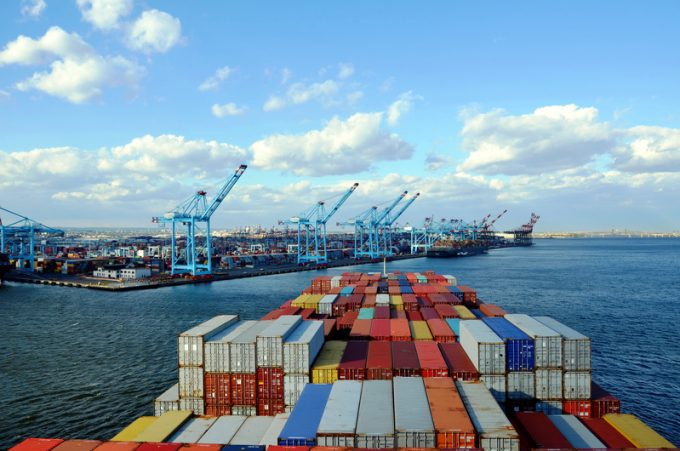Multiple factors return Rotterdam to top of Europe's box chart
Factors: congestion, omissions and land side

Today’s Shanghai Containerized Freight Index (SCFI) shows a further 10.65-point gain in its comprehensive index to 1,448.87 – 71% higher than at the end of May.
The huge increase over the past five months, in the midst of the pandemic, has been driven by substantial gains ...

Comment on this article